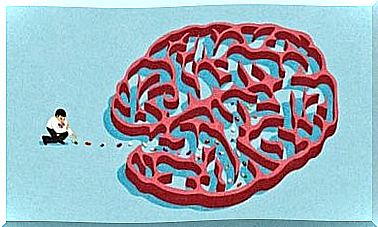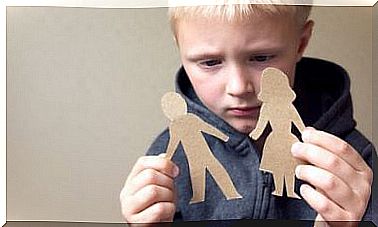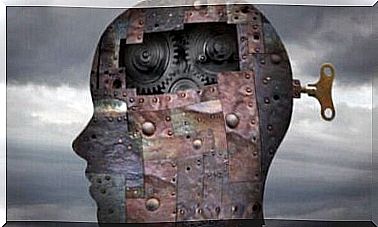Prochaska And DiClemente’s Transtheoretical Model Of Change

The transtheoretical model of change arose in an effort to understand how people can change their addictive behaviors. Psychologists James Prochaska and Carlo DiClemente came up with the idea in 1982.
The two researchers sought to understand how and why people change, whether alone or with the help of a therapist. They also outlined the stages that anyone goes through who wants to break a habit (using drugs, eating unhealthy foods, etc.). Their model also works for most New Year’s resolutions you may have every year.
These phases apply to any change you try to make on your own, but they also apply if you get help from a therapist. With or without therapy, everyone seems to go through the same stages and process things in a similar way.
In this model, we can see motivation as a person’s current state, or as the stage of preparation for change they are in. This is very important because we often misuse the word ‘motivation’. In addition, motivation is absolutely necessary for any process of personal change.
The wheel of change in the transtheoretical model of change
The “wheel of change” in Prochaska and DiClemente’s transtheoretical model of change says that there are four, five or six stages of change and they are shaped like a wheel. That is, they form a circle. Thus, people who want to unlearn addictive behavior go through the different phases of the wheel almost as if they were sliding past it.
There’s a reason they call it a wheel: in any change process, people go through the process several times before arriving at a stable type of change. In their previous study with smokers, for example, Prochaska and DiClemente found that smokers went through the wheel between three and seven times (an average of four) before quitting smoking the way they intended.
In this wheel, relapse is completely normal. The two researchers see it as just another stage of change. As psychologists, we sometimes tell our patients that “each relapse brings you one step closer to recovery.”
Of course, this doesn’t mean we encourage them to relapse, not at all. We’re just trying to remind them not to get discouraged and collapse if they relapse.

Phase 1: Preliminary Stage, or Precontemplation
The starting point for the change process is the preliminary stage. This means that someone still doesn’t feel they have a problem or need to make any changes in their life. A “precontemplator” is someone who knows he has a problem, even if he is not aware of it.
Phase 2: consider, or contemplation
As soon as a person becomes aware of the problem, he enters a period mainly related to ambivalence. This is called the stage of ‘contemplation’. Someone in this stage will think about change and at the same time reject the idea of change. The person goes back and forth between the reasons for changing and the reasons for continuing to live the same way.
For example, someone who has a drinking problem and is in this stage might say something like:
‘I don’t think I have a drinking problem. Maybe I drink a little too much, but I don’t think I drink more than my friends. I can stop drinking whenever I want to.’
As you can see, at this stage a person may recognize that they have a problem, but still feel like they have everything under control.

Phase 3: preparation
In the transtheoretical model of change, the preparation phase is an opportunity. It makes way for a new phase of life. If someone manages to reach the action phase in this phase, their change process continues. If he doesn’t, he goes back to the contemplation phase (phase 2).
Phase 4: action
The action phase is what most people see as the stage where therapy begins. This is where people start taking certain actions that will help them change.
For example, most people who quit smoking do it alone. The goal in this stage is to make a change in the problem you want to solve. But simply intending to change does not guarantee that you will sustain that change over time.
Phase 5: persevere
In this phase, you face the challenge of sustaining the change you achieved in the last phase and not falling back. Quitting drugs, drinking less, and losing weight are all early stages of change. What comes next is maintaining this change.

Stage 6: Relapse
Finally, if you have a relapse, your next task is to get right back on the wheel before you get stuck in this phase. Relapses are completely normal. It’s something to keep in mind when trying to change a behavior pattern that you’ve had for a very long time.
As we have seen, the transtheoretical model of change consists of a few phases that always move in a circle. A person who wants to change addictive behavior goes through these stages in his own way until he finally manages to sustain his change.
Bibliography
William R. Miller and Stephen Rollnick. Motivational Interviewing: Preparing People to Change Addictive Behavior. Guilford Press. New York, 1991.









